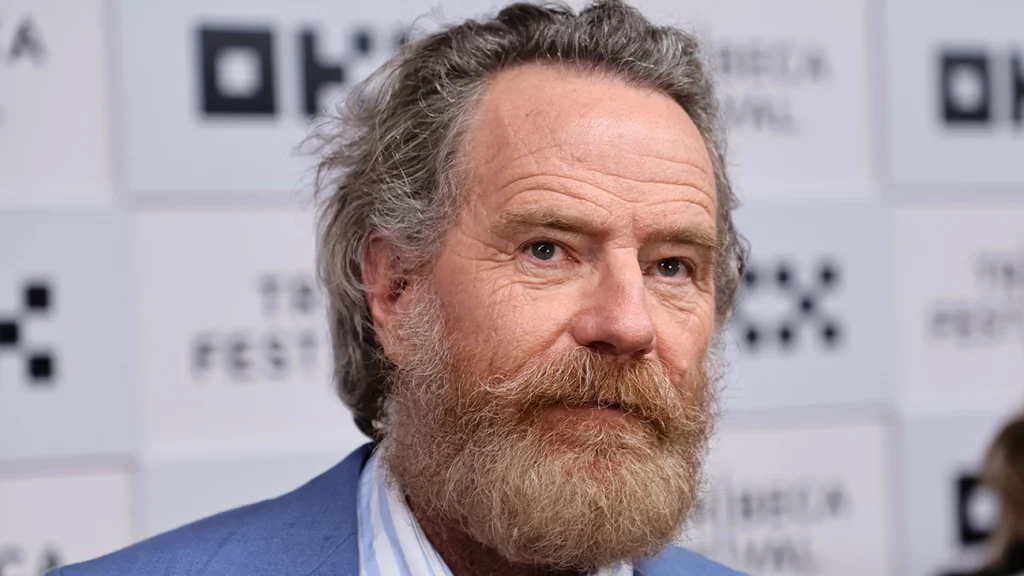Wes Anderson’s careful filmmaking approach made Asteroid City’s production, which Bryan Cranston narrates, “extremely challenging.” Anderson’s upcoming movie, Asteroid City, stars Cranston, Steve Carell, Tom Hanks, Margot Robbie, Scarlett Johansson, Maya Hawke, Willem Dafoe, Jeff Goldblum, Edward Norton, and Adrien Brody among a stellar ensemble cast. The story of Asteroid City is reported to center around an astronomy convention in the 1950s when the guests discover that their professional and personal lives intersect in interesting ways.
Anderson is renowned for using the same performers in his films, and Asteroid City is no exception. The director collaborated with Goldblum, Brody, and Dafoe on earlier movies like The Grand Budapest Hotel, the Moonrise Kingdom, and The Life Aquatic with Steve Zissou. However, Anderson collaborates with a number of well-known actors, such as Robbie, Hanks, and Carell, for the first time in Asteroid City. And if history is any indication, those performers might still collaborate with the filmmaker on a different project in the future. Anderson and Cranston previously collaborated on the stop-motion animated movie Isle of Dogs, in which Cranston provided the voice of Chief the dog. But Cranston’s collaboration with the director in a live-action film is new for Asteroid City.
Cranston talked candidly about working with Anderson on Asteroid City in a recent interview with Collider. The actor commended the familial quality of living and working with the ensemble cast, where they frequently had dinners full of music, laughing, and conversation. However, Cranston does note that due to the director’s precise vision, working on the movie was “extremely challenging” because of Anderson’s fastidious temperament. Below are Cranston’s remarks regarding Wes Anderson and Asteroid City:
“When you work for an author like that, it is a big trust exercise. We did this movie coming up, Asteroid City, in Spain, and it wasn’t easy work. Working for Wes is not easy. It’s very detailed and very specific and so you really have to really concentrate hard. What offsets that is the congeniality and the togetherness of the experience. We’re all at this five-star hotel in Spain and every single night is a banquet. Every single night you are exchanging thoughts and laughter and someone brings a guitar, and you’re singing, and you’re talking. It’s just so familial. It’s like fulfilling an actor dream camp. It was a really, really great experience albeit, again, the work was very specific and very difficult.”
“When someone like that calls, it’s the same thing, I did the same thing with Tom Hanks. When he calls for something, it’s like, yes and what am I doing? I say to Wes Anderson, yes, what is it you want me to do? That’s the way it is for all the actors. We kind of show up and say, what is it you want us, how do you want to do this? Wes makes an animatic and voices all the characters in the animatic, what he calls the cartoon. So we watch it on a laptop. We watch the entire movie that he voices on a laptop and it’s like, oh, got it. I see where you’re going. I see what you’re doing and let me see if I can hit that target, the character you’ve already created. Let me see if I can point my arrow toward it and hit it bullseye.”
How the Meticulous Style of Wes Anderson Is Identifiable
Wes Anderson’s films are instantly recognizable thanks to his highly distinctive style. The director is able to embrace the characters that appear in his films, creating a distinct feel that permeates his filmography, even though he consistently tells original and diverse stories, like the stop-motion animated film Fantastic Mr. Fox or the underwater adventures on display in The Life Aquatic with Steve Zissou. In addition, Anderson’s roster of recognized performers gladly reappears for each new movie that presents a different difficult role to handle.
Even though each of Anderson’s movies has a different premise, he frequently uses recurring camera angles and plot techniques. His devoted following may recognize the auteur’s work even without knowing he was at the helm, identifying a director whose style is unmistakable. Cranston’s remarks, which highlight the rigorous methods Anderson ensures his films reach the standard he sets, are supported by this unyielding adherence to his approach. Therefore, even if there are still many unknowns surrounding Asteroid City, Anderson fans can rest easy knowing the director is bringing more of what they enjoy to the big screen.
